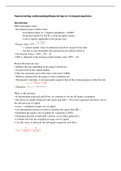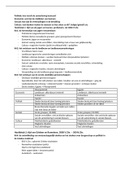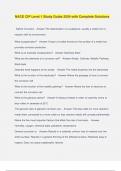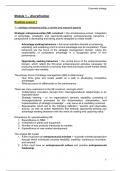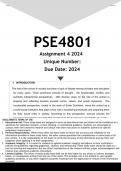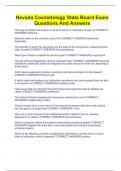Summary
Samenvatting Ondernemingsfinanciering en Vermogensmarkten
- Course
- Institution
- Book
Samenvatting van alle colleges van ondernemingsfinanciering en vermogensmarkten gebaseerd op het boek van Berk en Demarzo. De samenvatting bevat alle relevante stof voor het examen. De samenvatting is net als het tentamen in het Engels.
[Show more]
